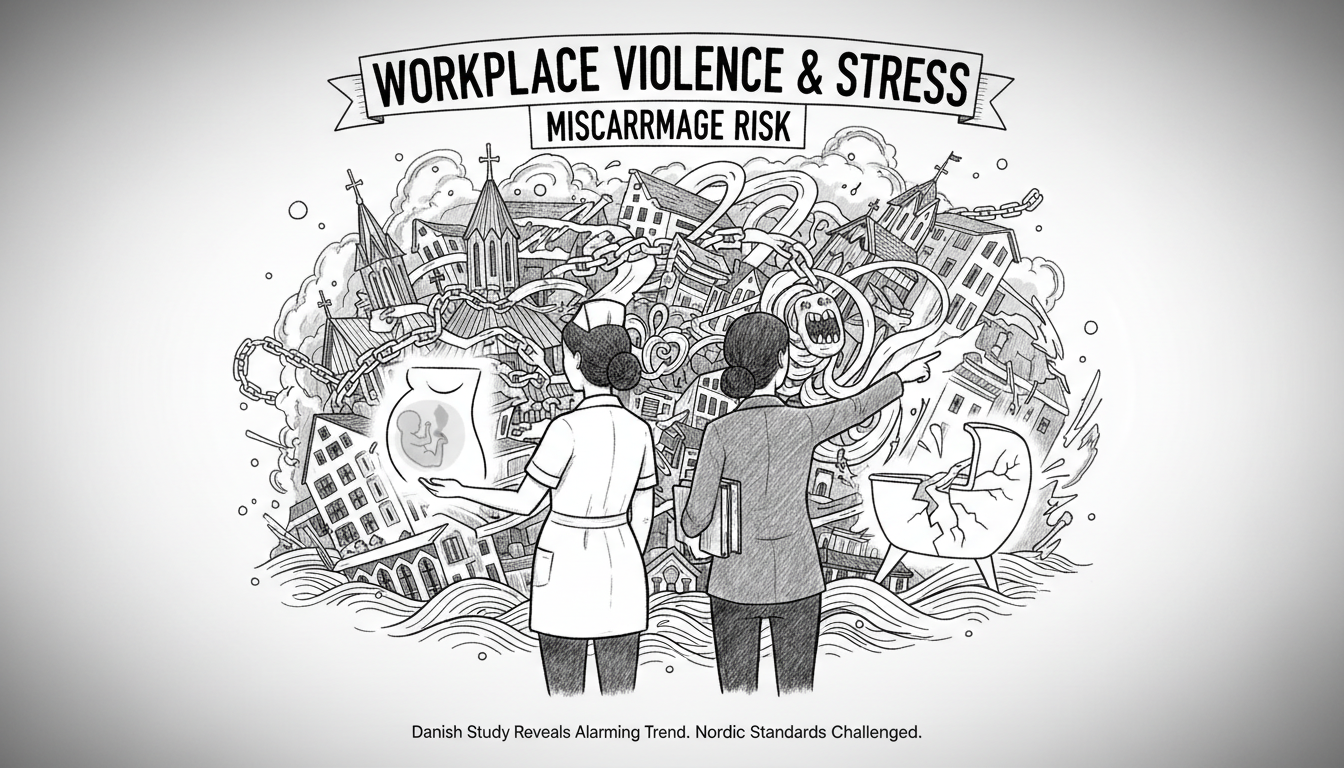A major Danish study reveals pregnant women in high-stress professions face elevated miscarriage risks. Nurses, teachers, and childcare workers show 1.2 times higher likelihood of spontaneous abortion when exposed to workplace violence or intense emotional demands.
The research from Bispebjerg Hospital's Department of Occupational and Environmental Medicine analyzed data from one million pregnancies spanning four decades. Senior researcher Karin Sørig Hougaard emphasized that while individual risk remains modest, the societal impact demands attention given how many women work in these essential fields.
Jobs involving patient care, education, or client relationships present particular challenges. These professions require constant emotional engagement while sometimes facing physical threats. Previous studies connected workplace stress with pregnancy complications, but this marks the first comprehensive examination of emotional demands and violence risks specifically.
Camilla Sandal Sejbæk, a senior researcher from Bispebjerg Hospital, noted the study shifts focus beyond physical workplace hazards. Most existing research concentrated on chemical exposures or physical strain, while psychosocial factors received less attention despite their potential impact.
Denmark's extensive social welfare system typically provides strong worker protections, yet these findings suggest gaps in safeguarding pregnant workers' mental health. The Scandinavian approach to workplace safety often emphasizes physical conditions over psychological stressors.
International readers should note that Nordic countries generally offer generous parental leave and healthcare, making these findings particularly striking. Even in nations with strong social safety nets, workplace psychological hazards can affect pregnancy outcomes.
What happens next? Researchers recommend employers in healthcare and education sectors review their support systems for pregnant staff. They suggest implementing clearer protocols for handling violent situations and reducing emotional burdens during pregnancy.
The study's scale makes its conclusions difficult to ignore. With a million pregnancy records examined, the patterns emerge clearly despite the modest increase in individual risk. This represents a wake-up call for workplaces relying heavily on female employees in high-stress roles.
Nordic workplaces pride themselves on progressive policies, but this research indicates room for improvement. As one researcher stated, we must consider both physical and psychological environments when protecting pregnant workers' health.
